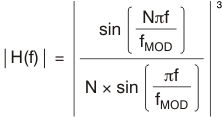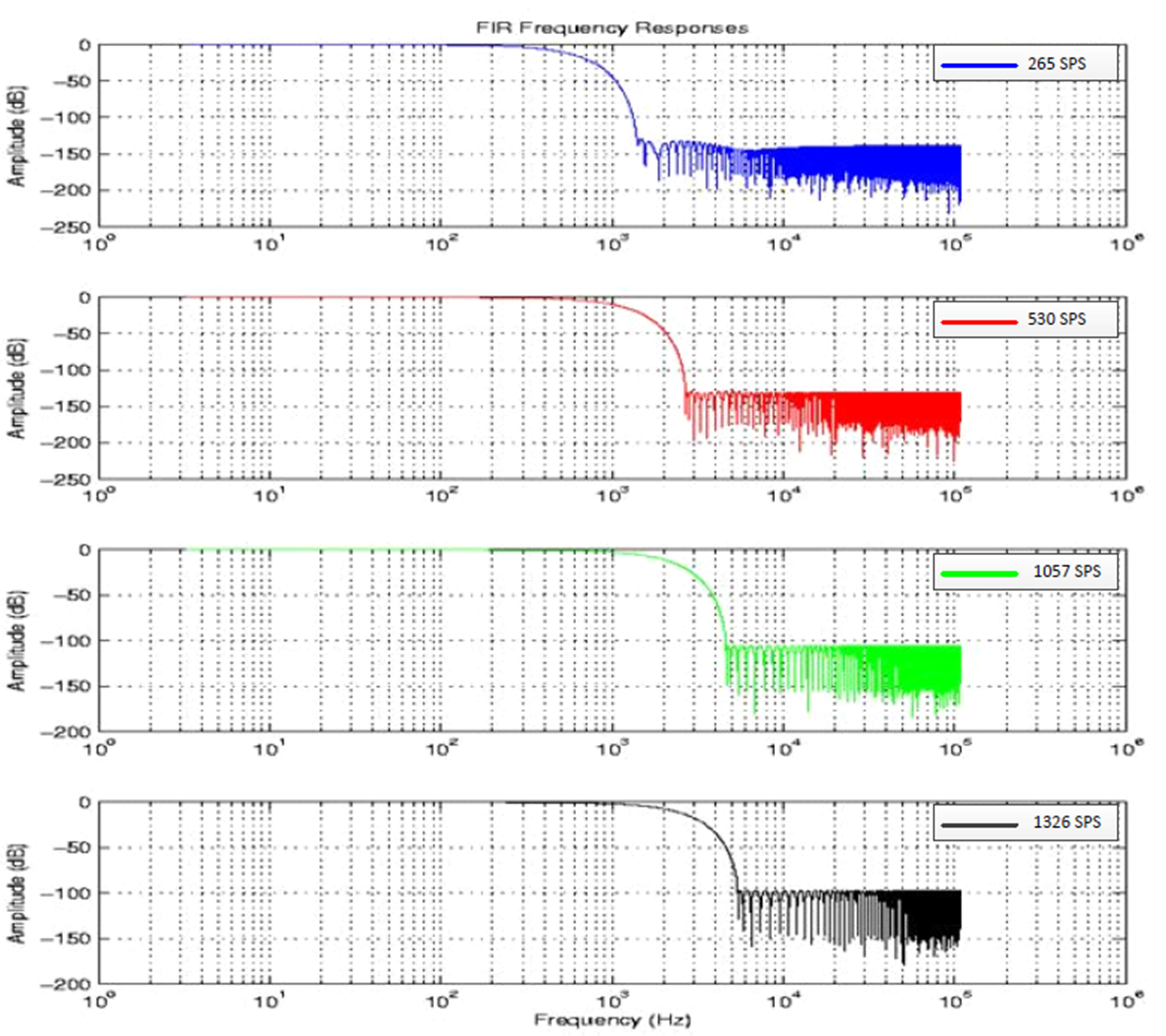and a detailed description:
Guide or Summary:How to Choose the Best Flour for Pizza Dough Recipe: A Comprehensive GuideUnderstanding Different Types of FlourProtein Content and Gluten……
Guide or Summary:
- How to Choose the Best Flour for Pizza Dough Recipe: A Comprehensive Guide
- Understanding Different Types of Flour
- Protein Content and Gluten Development
- Hydration Levels
- Flavor and Texture
- Experimenting with Flour Blends
**Title:** How to Choose the Best Flour for Pizza Dough Recipe: A Comprehensive Guide
How to Choose the Best Flour for Pizza Dough Recipe: A Comprehensive Guide
Making the perfect pizza dough requires more than just following a recipe; it demands the right ingredients, especially the flour. In this comprehensive guide, we'll explore how to choose the best flour for pizza dough recipe to ensure your homemade pizza is as delicious as possible.
Understanding Different Types of Flour
When it comes to pizza dough, not all flours are created equal. The type of flour you use can significantly affect the texture, flavor, and overall quality of your pizza crust. Here's a breakdown of the most common types of flour used in pizza dough recipes:
1. **All-Purpose Flour:** This is the most commonly used flour in many households. It has a moderate protein content, typically around 10-12%, which can produce a decent pizza crust. However, it may not have the same chewy texture as other specialized flours.
2. **Bread Flour:** With a higher protein content (around 12-14%), bread flour is excellent for pizza dough. The extra protein helps develop gluten, which gives the dough its elasticity and chewiness, making it a popular choice among pizza enthusiasts.

3. **00 Flour:** This finely ground Italian flour is a favorite for Neapolitan-style pizza. It has a lower protein content (around 11-12%) but is incredibly smooth, resulting in a soft and tender crust. The "00" refers to the fineness of the milling, not the protein content.
4. **Whole Wheat Flour:** For a healthier option, whole wheat flour can be used. It has a higher fiber content and a nuttier flavor. However, it can make the dough denser, so it's often mixed with all-purpose or bread flour.
Protein Content and Gluten Development
The protein content in flour directly impacts gluten development. Gluten is a network of proteins that gives pizza dough its structure and elasticity. When flour is mixed with water, the proteins form gluten strands, which trap air bubbles and allow the dough to rise.
For a chewy, elastic pizza crust, you want a flour with higher protein content. Bread flour and 00 flour are ideal for this purpose. All-purpose flour can also work, but the crust may be less chewy.

Hydration Levels
Different flours absorb water differently, which affects the dough's hydration level. Hydration is the ratio of water to flour in the dough, usually expressed as a percentage. For example, a 60% hydration dough means 60 grams of water for every 100 grams of flour.
- **All-Purpose Flour:** Typically requires less water due to its moderate protein content.
- **Bread Flour:** Absorbs more water, leading to a higher hydration dough.
- **00 Flour:** Also requires a higher hydration level but produces a very smooth dough.

Flavor and Texture
The type of flour you use will also influence the flavor and texture of your pizza crust. Whole wheat flour adds a nutty, earthy flavor, while 00 flour results in a lighter, more tender crust. Bread flour provides a robust, chewy texture, and all-purpose flour offers a balanced, neutral flavor.
Experimenting with Flour Blends
Many pizza chefs experiment with blending different flours to achieve the perfect balance of texture, flavor, and elasticity. For example, mixing whole wheat flour with bread flour can give you a healthier dough without sacrificing chewiness. Similarly, combining 00 flour with bread flour can result in a tender yet chewy crust.
Choosing the best flour for pizza dough recipe is crucial for creating the perfect pizza. Whether you prefer a chewy, elastic crust or a tender, light one, understanding the properties of different flours can help you achieve your desired results. Experiment with various types and blends of flour to find the perfect combination for your homemade pizza dough. Happy baking!